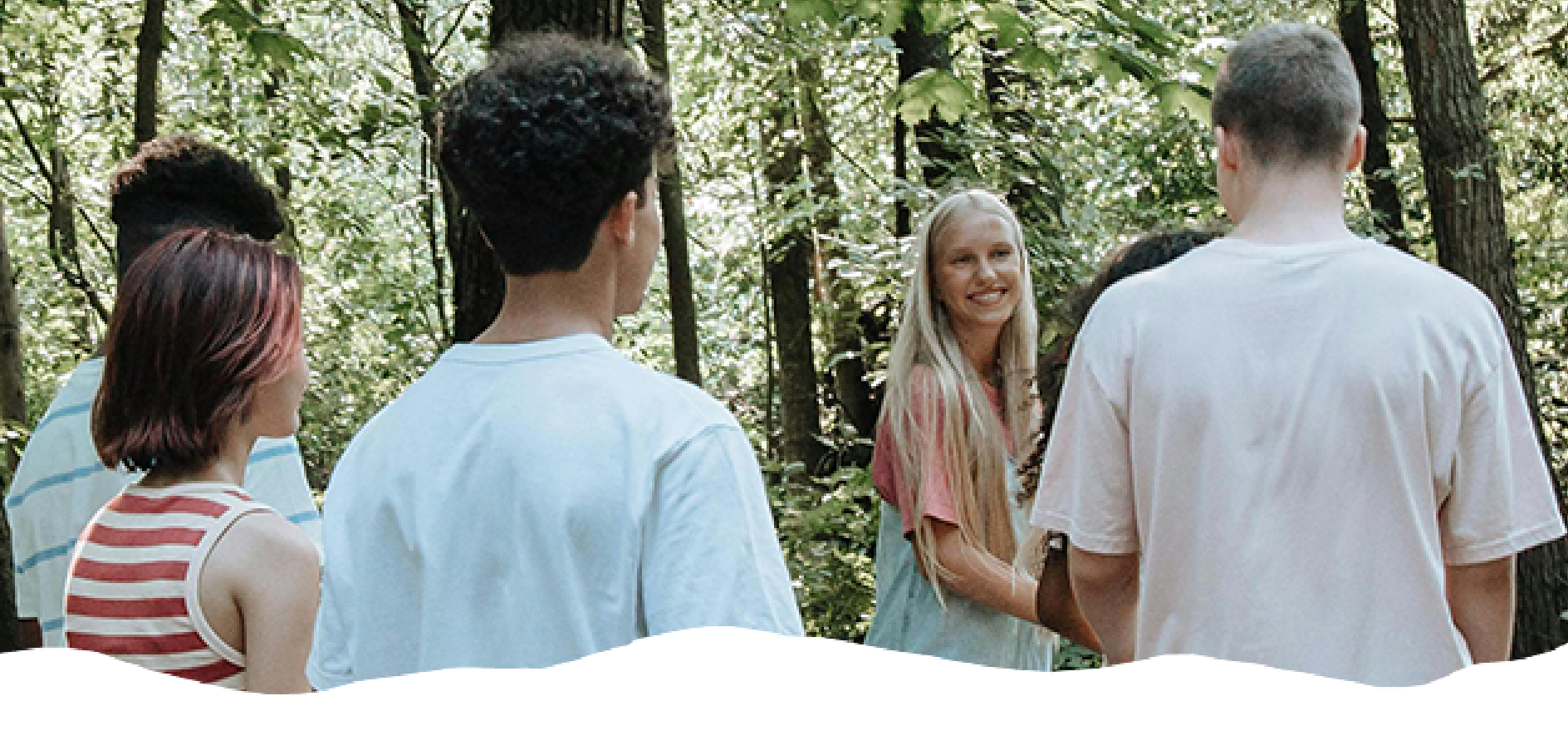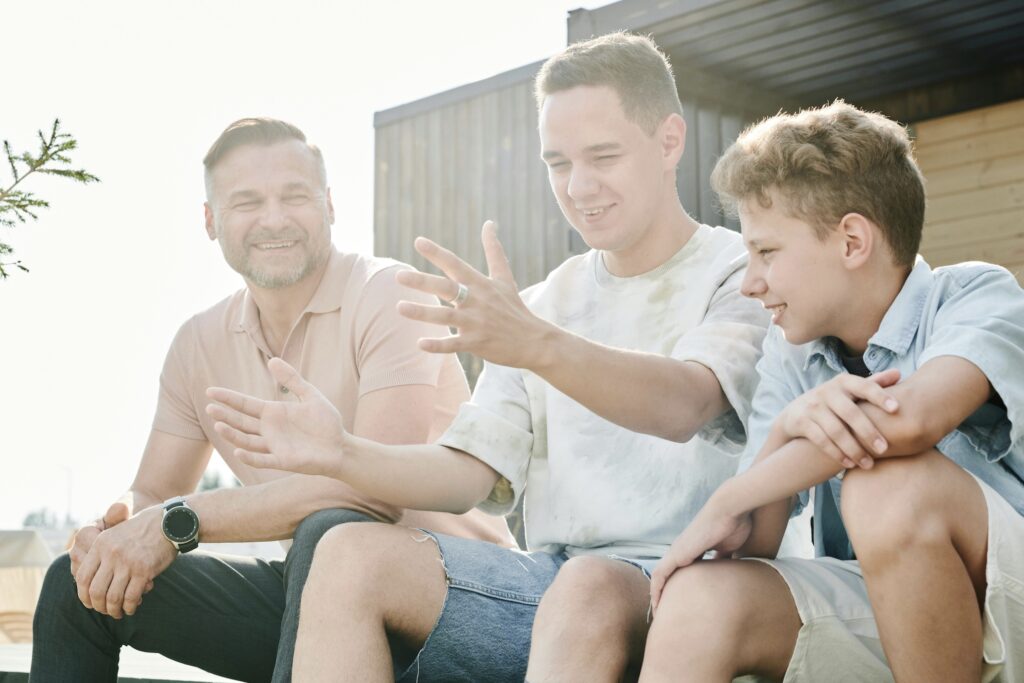Clinical Care at BlueRock
The Three Pillars of Our Clinical Program
BlueRock provides trauma-informed, evidence-based care for teens on our campus in Western North Carolina, just outside Asheville. We pair structured clinical work with real-life practice, whether on the court, by the pond, or using the ropes course, so skills move from the therapy room to everyday routines. Our goal is clear: help every adolescent return to their family, school, and community with skills that last.
What families can expect:
- Trust: Strong relationships and safety come first.
- Transformation: Evidence-based therapy paired with experiential learning to create real change.
- Transition: Continuing care planning and personalized treatment plans for a successful return home.
- Supportive Community: Small groups and consistent mentoring throughout care.
- Family Involvement: Regular family engagement to rebuild strained relationships.

How We Help Teens in North Carolina

Trust
Strong relationships come first, and trust is the foundation of every breakthrough.

Transformation
We pair evidence-based care with experiential learning to create real change.

Transition
Students learn life skills and emotional regulation before transitioning back home.
How We Mark Therapeutic Progress
Our trauma-informed clinical work is rooted in Attachment Theory. BlueRock Behavioral Health provides individual, family, and group therapy weekly for each student, along with experiential-based therapeutic outings.
Students participate in Equine-Assisted therapy to promote self-awareness and skill development. We also utilize elements of Cognitive Behavioral Therapy (CBT), Dialectical Behavioral Therapy (DBT), Motivational Interviewing, and Attachment-Based Therapy within each student’s personalized treatment plan.
The Three Components of Our Clinical Emphasis
BlueRock Behavioral Health is a leader in adolescent mental health treatment in Western North Carolina. Our clinical model is built around three commitments that help teens engage in treatment, build real skills, and carry those skills home.
Consent to Heal
We earn a teen’s buy‑in before addressing trauma. Safety and choice come first so therapy moves at a pace the student can tolerate and trust.
In practice, that means:
Readiness work and psychoeducation before any trauma processing.
Collaborative treatment planning with the teen and family.
Motivational interviewing to strengthen internal motivation.
Clear consent and opt‑in for trauma‑focused sessions; no surprises.

Validate and Empower
We honor a teen’s struggles while reinforcing responsibility. Validation reduces shame; empowerment builds skills for change.
That means:
Naming emotions without judgment and teaching practical coping tools.
Evidence‑based skills (e.g., CBT/DBT strategies) for emotion regulation and problem‑solving.
Goal setting, progress tracking, and celebrating small wins.
Natural, consistent boundaries that support accountability.

Grow Through Relationships
Lasting change happens in healthy relationships. Teens learn and practice new behaviors with trusted adults, peers, and family.
In practice:
A supportive peer community with small groups and consistent mentors.
Family therapy and parent coaching to transfer skills home.
Experiential learning on our Western North Carolina campus to reinforce real‑life skills.
Step‑down planning that sustains progress after discharge.


